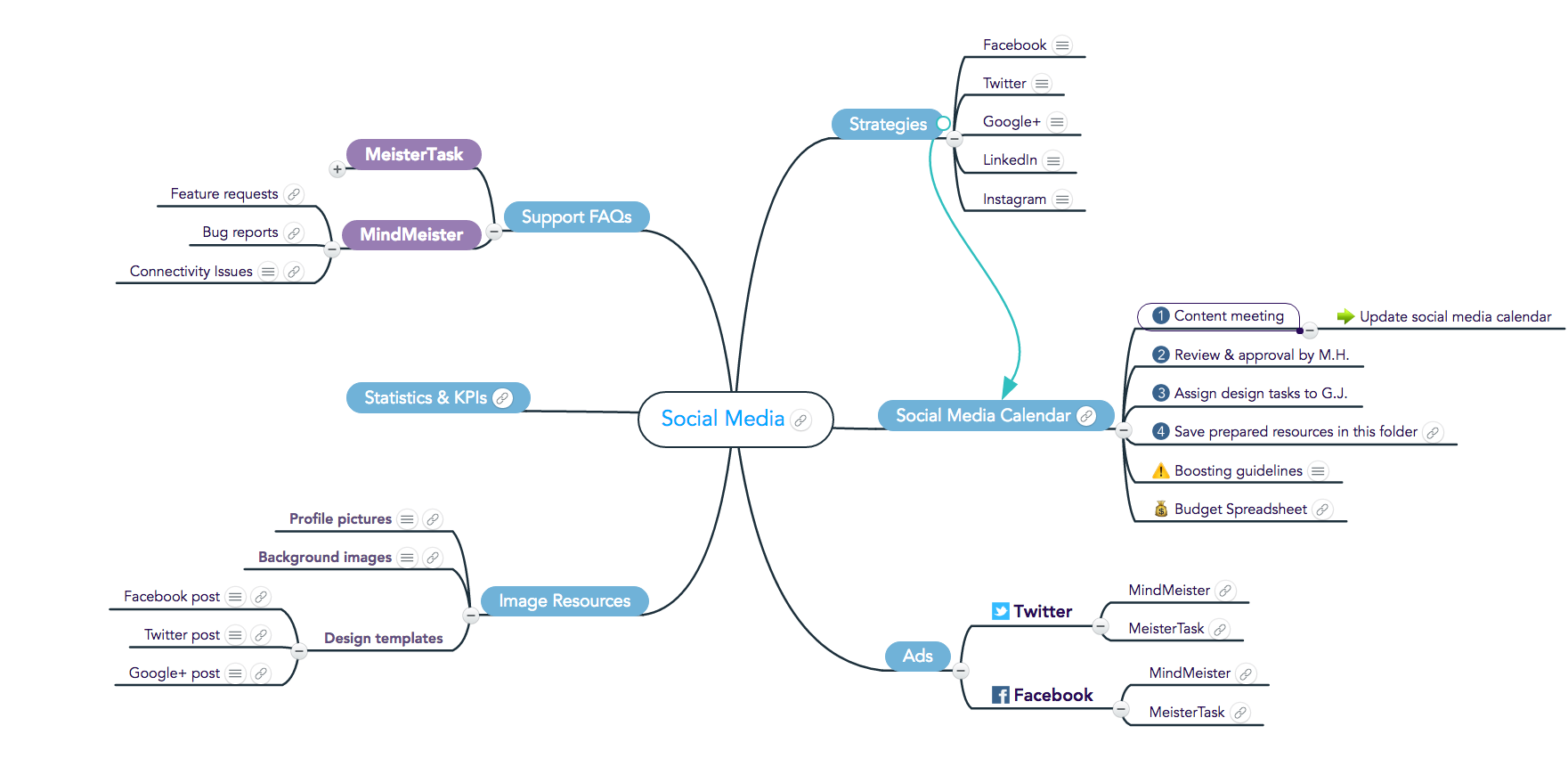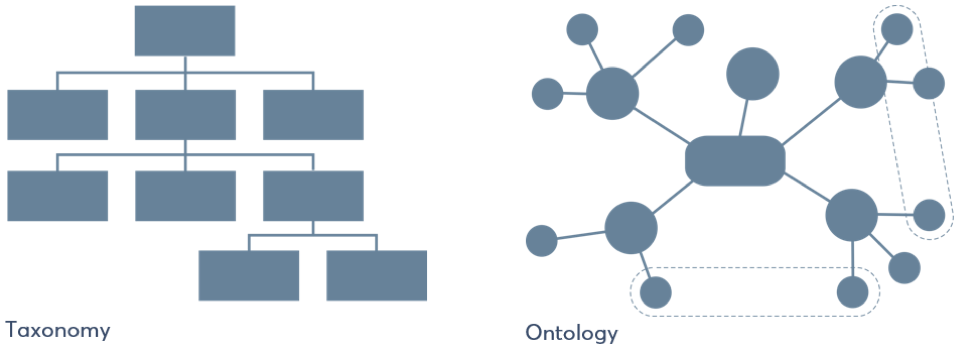Nowadays, the boundaries of companies and organisations are blurring as the world is becoming increasingly connected. As Dave Gray puts it: “by changing the way we create, access and share information, social networks are changing the power structure in society”. Knowledge management is a key way to harness these changes and in this article I’ll explain why and how to do so.

Knowledge Management
Knowledge Management develops systems and processes to acquire and share intellectual assets and collective knowledge. It increases the amount of useful, actionable, and meaningful information available, and seeks to increase both individual and team learning. In addition, Knowledge Management can maximise the value of an organisation’s intellectual base, across diverse functions and disparate locations.
In this article I will take you through the theories behind Knowledge Management and share three best practices, so you’re able to take this advice directly to your business or organisation.
Benefits of Knowledge Management
There are two different sets of benefits associated with good knowledge management: traditional benefits and connectivity benefits.
Traditional benefits are well known by most organisations. These include:
- better use of existing resources
- increased productivity and consistency
- establishment of best practices
- creation of institutional memory
- team retention
- faster learning curves
- competitive advantage
- capacity to replicate success.
With these benefits, good knowledge management helps the organisation to stay flexible and adaptable, while promoting creativity and innovation.
On the other hand, connectivity benefits include:
- internal and external support networks
- empowerment and engagement
- trust and reputation
- wider geographical reach
- a stronger and united voice, given that nowadays every member of an organisation is also an ambassador.
In recent times, these connectivity benefits are gaining more relevance as companies are adapting to new ways of operating. As a result, companies are working more with both trusted partners and freelance professionals, who are drawn on for project work.
Get started with Knowledge Mapping!
Sign up for MindMeisterDoes Knowledge Management always work?
Based on my fifteen years of experience and exposure to numerous companies and industries, my answer would be no.
Every now and then, companies decide to embark on a knowledge management initiative, because many executives recognise intellectual capital as their most valuable asset. A typical mistake is to assign such an initiative to the IT department, when two key elements of knowledge management are the people involved and their willingness to share.
For this reason, any Knowledge Management initiative should focus on the people, not the technology.
Principles for good practice
In this series of articles, we will elaborate on how to implement a successful knowledge management initiative and how collaborative mind mapping can help with this process.
This innovative approach is based on the following three principles for good practice:
1. Have documents which are easy to create, share and re-arrange
Members of your organisation should be able to share their knowledge in the easiest way possible. If the process is difficult, the level of engagement and amount of contribution will reduce dramatically.
Similarly, any knowledge domain is organic and will evolve with time, so the different domains and different knowledge assets will need to be re-arranged (forgotten even). This process should also be extremely easy. In my experience, SharePoint and Wikis won’t fulfill this principle, especially when it comes to re-arranging, which is why we advocate for knowledge mapping.
A Knowledge Map on the social media strategy at MeisterLabs, for example, could end up looking something like this:
2. Knowledge should be organised as an ontology, not as a taxonomy
In case I’m not using these big terms in their traditional sense; by taxonomy I mean a tree diagram, and by ontology I mean something like a network. We are all very familiar with working with folders and folders within folders (a taxonomy). Sadly, this system for storing information is not good enough for capturing our precious common knowledge.
Different people access different domains of knowledge via different paths. Mind mapping allow us to create intuitive models of the common knowledge (ontologies) which are easy to navigate and work with.
3. The knowledge model should be built from the ground up
This third principle is quite straight-forward: whatever the Knowledge Management system, it should be built from the ground up. We recommend building your Knowledge Management system around communities of practice and starting small.
The way we do it is as follows: first choose a specific company objective that is closely connected to knowledge (low hanging fruit), second define a small community of practice around it and give them a clear goal. Finally, start working on that specific domain for that specific target. By doing so you will create a small but functional Knowledge Management environment, which is useful for everyone from day one. People within this community will feel ownership, will subsequently look after their domains and will feel comfortable using the platform.
Next steps
So there’s our overview of the benefits of Knowledge Management and the three key principles for good practice, to begin our Knowledge Mapping series. Stay tuned for the next article in which we’ll discuss:
- What should be considered knowledge and what should be considered information and the differences between, using a few intuitive examples
- An introduction to Knowledge Mapping, as we demonstrate how to use MindMeister to map knowledge.
In you enjoyed this article, check out the second article in the Knowledge Mapping series: How to Build a Knowledge Map.
Get started with Knowledge Mapping.
Try out MindMeister


